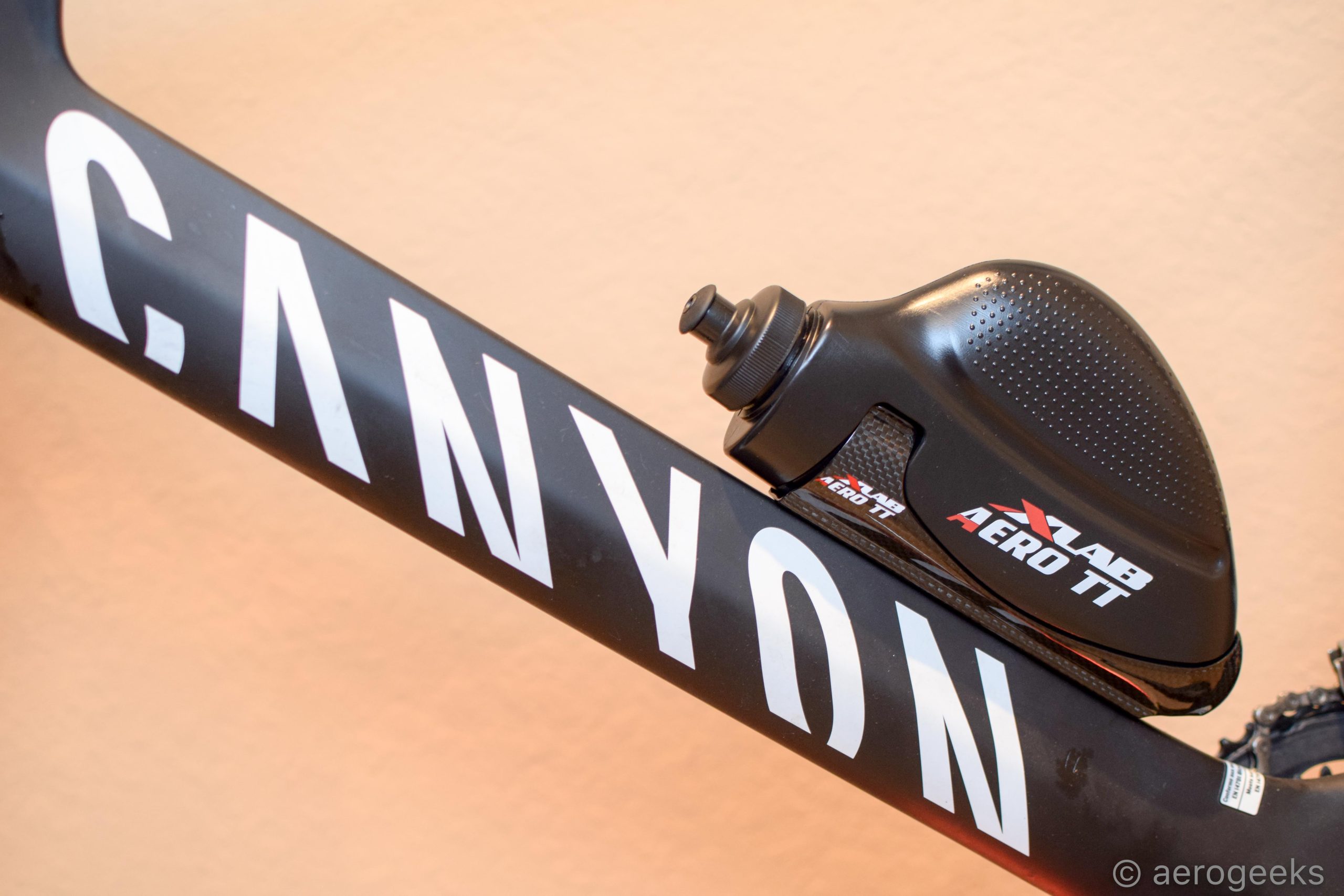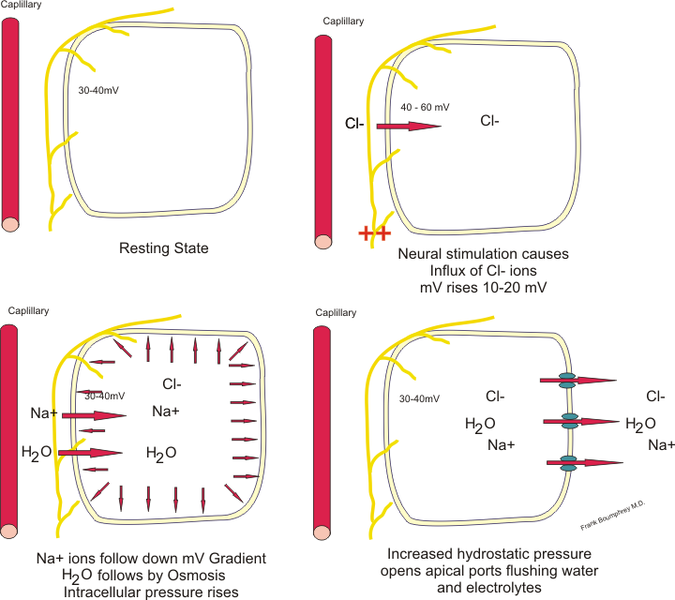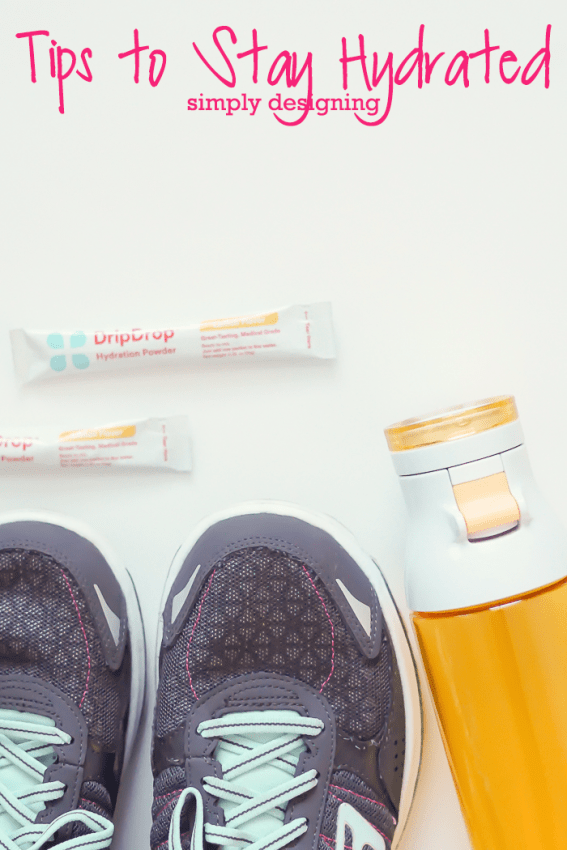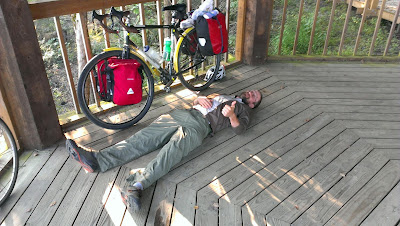Hydration Techniques for Hot Weather Cycling
Introduction
Cycling in hot weather poses unique challenges for cyclists, with hydration being at the top of the list. Proper hydration techniques for hot weather cycling are essential to maintain performance, ensure safety, and improve Endurance. Whether you’re a weekend warrior or a seasoned pro, understanding hydration strategies can significantly enhance your cycling experience. Alongside considerations like ‘Cycling Performance Metrics’ and ‘Bike Maintenance Tips’, effective hydration remains one of the crucial pillars. Let’s explore the comprehensive approaches to keep you hydrated and at your best during those scorching rides in the sun.

Main Body
Understanding the Importance of Hydration
When cycling in high temperatures, your body loses fluids and Electrolytes rapidly, necessitating informed hydration strategies. These are crucial not only for balancing water intake and fluid replacement but also for maintaining optimal performance and safety. Failing to manage hydration can lead to dehydration symptoms such as dizziness, fatigue, and even heat stroke.
Key Hydration Strategies for Cyclists
Implementing effective hydration techniques involves a mix of proper preparation, strategy, and monitoring. Here are some key strategies:
Hydration Timing
Hydration timing is critical. Begin hydrating well before your ride. This prepares your body to combat the fluid loss effectively. Continue drinking regularly throughout the ride, balancing your fluid intake with your sweat rate.
Fluid Replacement: Understanding Sports Drinks and Isotonic Beverages
Plain water might not be enough during intense cycles. Sports drinks and isotonic beverages offer the necessary electrolytes—like sodium and potassium—vital for energy and muscle function. They ensure an effective electrolyte balance, enhancing both performance and recovery.
Electrolyte Tablets and Hydration Supplements
For rides lasting over an hour, consider using electrolyte tablets or supplements. These are convenient, easy to carry, and quickly replenish lost salts, contributing to optimal fluid consumption and preventing dehydration.
Hydration Packs and Water Bottles
Choosing the right gear involves selecting hydration packs or easily accessible water bottles that suit your cycling needs. Hydration packs can be invaluable for long distances, as they allow sweat rate monitoring and hands-free access to fluids.
Drink Frequency and Hydration Schedule
Create a hydration schedule considering your body’s needs and external conditions. Regular drink frequency helps maintain optimal hydration, and carrying a couple of water bottles ensures you have enough supply.
Monitoring Sweat Rate and Adapting Fluid Intake
Understanding your sweat rate is essential. We all sweat differently, and this affects the amount of fluid required. Monitor how much weight you lose during a ride to adjust future fluid replacement strategies accurately.
Dehydration Prevention and Rehydration Methods
Prevention is the key to managing dehydration in cyclists. Stay alert for dehydration symptoms such as dry lips, muscle cramps, or nausea. Post-ride rehydration methods should focus on replenishing any fluid deficits promptly.
Advanced Techniques and Considerations
incorporating Nutrition in Hydration
Liquid nutrition plays a vital role in sustaining energy levels during extended rides. Protein shakes or carbohydrate-rich drinks can be an essential part of your liquid diet plan, providing both energy and hydration without the stomach discomfort solid food might cause during intense exertion.
Heat Acclimation and Thirst Management
Acclimating your body to the heat can make a significant difference. Training in progressively warmer conditions—though initially challenging—can improve your body’s efficiency in handling temperature extremes. Coupled with effective thirst management, this acclimation boosts performance in hot weather cycling.
Cooling Techniques for Enhanced Performance
Employing cooling techniques such as wearing breathable clothing and using cold water sprays during stops can reduce core body temperature, subsequently lessening fluid loss and boosting performance.

Data, Metrics, and Studies
Metrics like VO2 Max can reflect how your hydration impacts endurance, while using power meters helps track performance improvements with adequate hydration. A study published by the Journal of Sports Sciences emphasizes that a 2% loss in body weight due to dehydration can significantly impair physical performance, highlighting the importance of maintaining body hydration levels.
User Intent and Benefits
Different cyclists have varying intents—from improving endurance to optimizing cycling workouts. No matter the goal, efficient hydration techniques during hot weather enhance your experience and ensure safety, reducing the risk of injuries or health issues related to dehydration.
SEO and Readability
Ensuring readability for broader audiences, this guide integrates LSI keywords, making it approachable to both novices and experienced riders. Keywords such as ‘Cycling Fitness’, ‘Endurance Training’, and ‘Bike Maintenance’ are seamlessly incorporated to cater to diverse reader intents while enhancing SEO.
Visual Content Suggestions
Infographics illustrating Cycling Cadence Improvement, or diagrams showcasing Heart Rate Zones are highly beneficial. Similarly, embedding charts for Training Progress tracking within the context of hydration and performance can engage visual learners effectively.
Conclusion
Effective hydration techniques for hot weather cycling are crucial in enhancing performance, safety, and overall enjoyment. By implementing the strategies outlined—such as proper hydration timing, electrolyte balance, and effective rehydration methods—cyclists can confidently tackle even the hottest conditions. Ready to enhance your cycling experience? Share your hydration tips and experiences in the comments!
FAQ Section
What are the signs of dehydration while cycling?
Signs of dehydration while cycling include dry mouth, fatigue, dizziness, dark urine, and reduced performance. Monitoring these symptoms and maintaining regular fluid intake can help prevent dehydration.
How often should I drink water during a cycling session?
It’s advisable to drink water every 15-20 minutes during a cycling session. Adjust the amount based on sweat rate and external temperatures to maintain optimal hydration levels.
Are sports drinks better than water for hydration during cycling?
Sports drinks can be more beneficial than water alone for long rides as they contain electrolytes that help maintain sodium balance and energy levels. However, it’s important to use them alongside water to avoid excess sugar and calories.
How can I calculate my sweat rate?
To calculate sweat rate, weigh yourself before and after a ride without clothing. The weight difference, plus the fluid consumed, minus the urine output during the ride, equals your sweat rate.
What is liquid nutrition, and should I use it while cycling?
Liquid nutrition involves consuming nutrients in liquid form, such as protein shakes or carbohydrate drinks. It can be beneficial for longer rides to provide energy and hydration without digestive discomfort.






